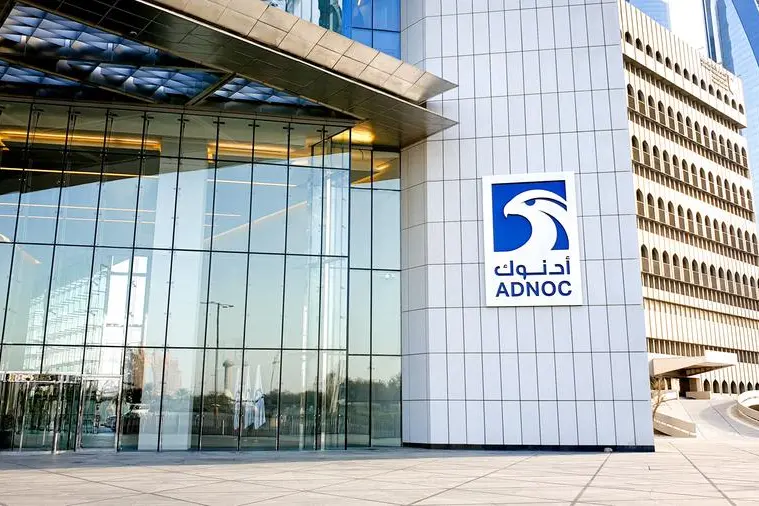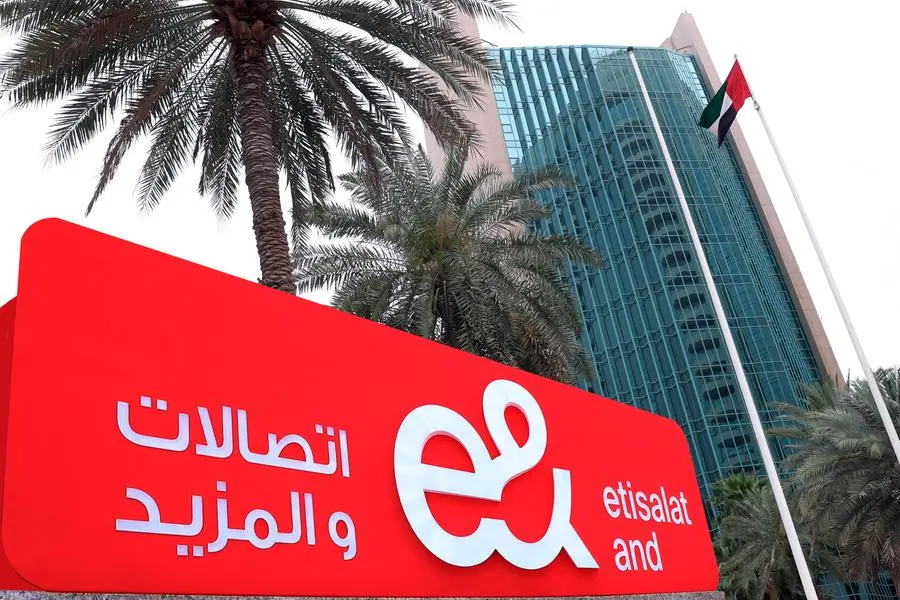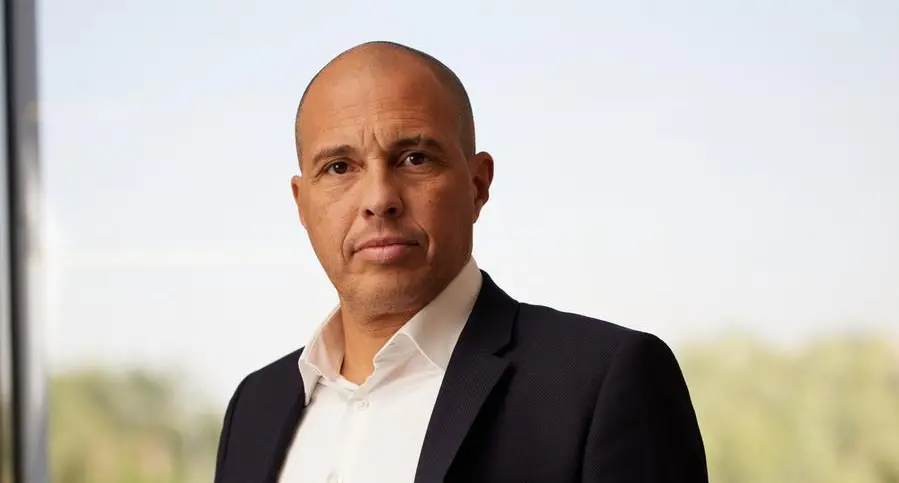PHOTO
Electric vehicles are not just disrupting the car market — they are quietly rewriting the logic of insurance.
Last week’s move by Oman’s Financial Services Authority (FSA), mandating full insurance coverage for electric vehicles (EVs) through Decision No. 14/2025, has been reported as a compliance correction. But beneath the regulatory language lies something far more consequential: a structural stress test for a sector that has long operated on traditional assumptions.
This is not merely about enforcing Article (2)(b) of Royal Decree No. 34/94. It is about confronting a truth that many insurers have yet to internalise — that the 20th-century insurance model, built on combustion engines, predictable depreciation, and linear claims data, is increasingly out of sync with the energy and mobility systems of the 21st century.
Electric vehicles are changing the nature of automotive risk. Their parts are fewer, but more expensive. Their failures are less mechanical, more digital. Damage to a battery pack can render an entire vehicle a write-off. And the real differentiator? Software. Insurers are no longer just covering machines — they’re covering code.
In this new reality, old underwriting models no longer apply. Risk is shifting from engine blocks to electronics. Repair costs depend less on metal and more on firmware. And the claims process now requires collaboration with EV platforms, not just body shops.
What the FSA has done, then, is more than demand inclusion. It has cracked open the door for reinvention. By forcing insurers to cover EVs — even when technical infrastructure is still developing — the Authority is saying, in effect: evolve now, or risk being irrelevant tomorrow.
This evolution won’t be easy. Insurers must design pricing models that factor in non-linear depreciation, battery health, and real-time diagnostics. They must account for servicing ecosystems that are still emerging. And most crucially, they must do so while maintaining profitability and public trust.
Yet therein lies the opportunity. Oman’s insurers can become pioneers in designing EV-native insurance products — not retrofits of petrol-era policies. Imagine usage-based premiums tied to battery efficiency. Coverage tiers linked to over-the-air software upgrades. Partnerships with EV importers to create bundled policies at point of sale. These are not hypotheticals — they are already emerging in leading global markets.
But this transformation requires more than actuarial tables. It demands vision. Oman’s insurers must see themselves not just as risk absorbers but as enablers of national policy — partners in the country’s energy transition under Vision 2040.
The FSA’s decision to allow cash compensation where spare parts or garages are unavailable was a practical interim step. But it must not become a crutch. It is the market’s responsibility — and the regulator’s expectation — that infrastructure for EV servicing and repairs scale quickly. The longer insurers delay adapting, the more they will expose themselves to mispricing, disputes, and brand erosion.
More broadly, this moment could serve as a blueprint for regulatory innovation in other markets. Oman has quietly taken the lead in embedding electric mobility into insurance law — ahead of many jurisdictions still treating EVs as fringe anomalies.
For the policyholder, the impact is direct: access, protection, and peace of mind. For the sector, the implications are existential. This is no longer about adjusting to electric vehicles. It’s about surviving the algorithmic economy they usher in.
The EV is not just a new type of vehicle. It is a new language of risk. Oman’s insurance companies must now learn to speak it — fluently, urgently, and strategically.
2022 © All right reserved for Oman Establishment for Press, Publication and Advertising (OEPPA) Provided by SyndiGate Media Inc. (Syndigate.info).





















